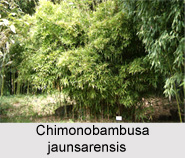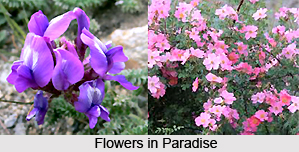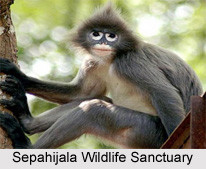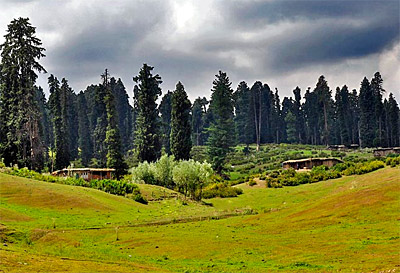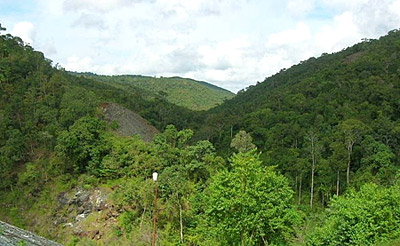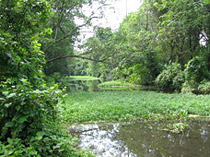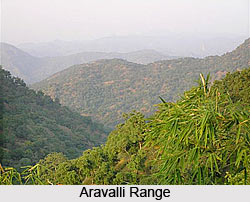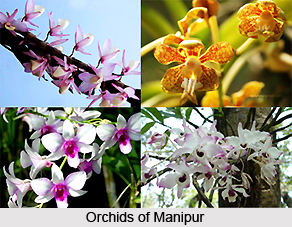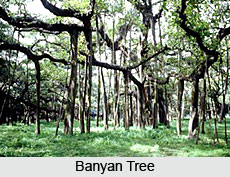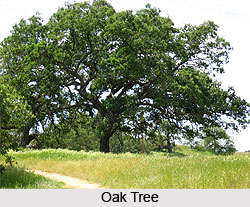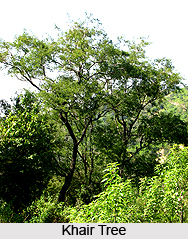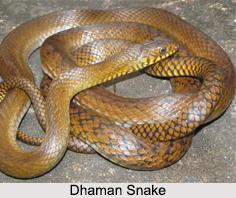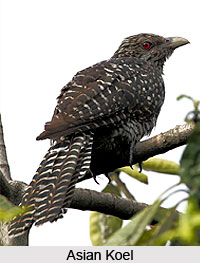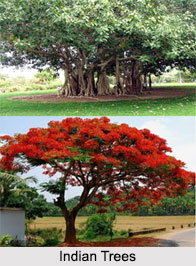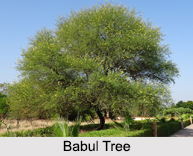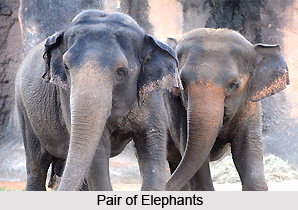 Chandaka Elephant Sanctuary is a famous wildlife reservation spot which is situated in the north-western border of Bhubaneshwar in the eastern Indian state of Odisha and is based on the uplands of Khurdha, adjoining the area of the Eastern Ghats. The total area of the Chandaka Elephant Sanctuary measures about 175.79 square kilometres and consist of hillocks of Cuttack and Khurdha Districts. The Sanctuary was declared as an elephant reserve in December, 1982.
Chandaka Elephant Sanctuary is a famous wildlife reservation spot which is situated in the north-western border of Bhubaneshwar in the eastern Indian state of Odisha and is based on the uplands of Khurdha, adjoining the area of the Eastern Ghats. The total area of the Chandaka Elephant Sanctuary measures about 175.79 square kilometres and consist of hillocks of Cuttack and Khurdha Districts. The Sanctuary was declared as an elephant reserve in December, 1982.
Flora of Chandaka Elephant Sanctuary
There exists various kinds of flora which survive in the Chandaka Elephant Sanctuary. The six main types of semi-evergreen forests include thorny bamboo brakes, Kangada forests, Eupatorium scrub, Sal forests, thorny bamboo brakes, teak scrubs, etc. Sidha, Kochila, Kumbhi, Karanja, Giringa, Kalicha, Jamu, Sal, Belo and Sunari are the trees which are existent here. However, male bamboo plants are very few in quantities and medicinal plants like Patalgaruda, Bhuinlimbo, Indrajaba, Baidanka, Apamaranga, Guluchi lata, Bhuin-kakharu, Duramari, Brudhadaraka, Kurchi and Thalkudi, amongst others are also found in this sanctuary. Lichens, Bryophytes, Ferns, Orchids, Club Mosses, etc are the other kinds of flora.
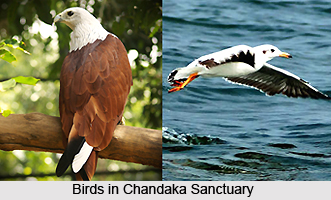
Fauna of Chandaka Elephant Sanctuary
According to the report of the Zoological Survey of India, 2002, there are about 167 species of birds, 37 species of mammals, 28 species of fishes, 33 species of reptiles and 13 species of amphibians inside the premises of the Chandaka Elephant Sanctuary. However, elephants are the most common animals observed here. The numerous other animals in this sanctuary comprise Rhesus Monkey, Common Langur, Leopard, Mouse Deer, Chital, Barking Deer, Indian Civet, Ruddy Mongoose, Wild Pig, Common Indian Mongoose, Hyena, Sloth Bear, Ratel, Small Indian Mongoose, Indian Wolf, Pangolin and others.
Black Headed Oriole, Peafowl, Paradise Fly Catcher, Great Horned Owl, Stone Curlew, Crested Serpent Eagle, Coucal, Bramhiny Duck, Common Teal, White Eyed Pochard, Garganey, Spot Billed Duck, Cormorant, Dabehick, Nakta, Lapwings, Kingfishers and many other birds dwell in the Chandaka Elephant Sanctuary. Innumerable migratory birds throng this place during the month of July which includes Pond Herons, Egrets, Storks, etc. Different kinds of colourful butterflies also arrive in large numbers particularly during monsoon and post monsoon months.
This sanctuary is also the shelter of some reptiles like Common Skink, Kukri Snake, Common Krait, Bengal Monitor Lizard, Russell`s Viper, Indian Flap Shell Turtle, Indian Bronze-back, Bamboo Pit Viper, Common Vine Snake and Rock Python.
